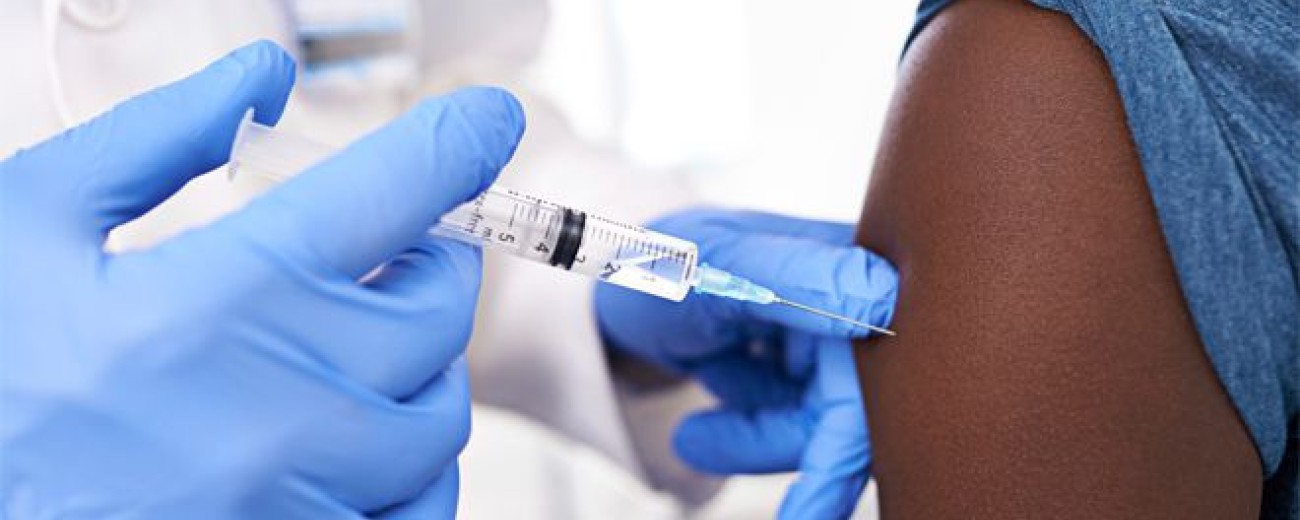What is the value of health care worker safety?

Health care workers make up approximately 12-15%[1] of the global workforce. They are a skilled set of professionals that provide an incredibly valuable service in both advanced and developing nations globally. The world is simply a better, more caring and safer place with their care, knowledge and expertise.
However, the workers that provide this service have a high risk of workplace injuries and more mental health problems than most other occupational groups. On average more healthcare professionals than other professionals feel fatigued, stressed, in pain, or are at risk of illness or injury. Factors they feel impede their ability to provide consistent quality care. Simply put, they often do not feel safe in their workplace.
Ironically, although a place of care, the healthcare workplace is one of the most dangerous settings for workers. In 2011 alone, in the United States of America, healthcare employees reported more than 631,000 incidents of injuries or illnesses in connection with their work. Compared with U.S. national averages, a healthcare worker is 1.6 times more likely to be injured at work and three times more likely to incur a workplace illness. In addition to the personal adversity endured by healthcare workers who are injured at work, workplace injuries and illnesses also result in significant economic consequences for healthcare institutions and the economy as a whole. One estimate puts the annual cost of injuries and illnesses in the healthcare workplace in the United States of America at more than $13 billion annually.
These statistics focus on the state of healthcare in the United States, but the fact of the matter is that this same scenario is reflected globally, just with different numbers, and depending on the level of sophistication of the health care workplace and the nation it is in, these numbers can be a whole lot worse.
One of the most common types of injury, and one of the most serious, resulting in long-term consequences for a healthcare worker, is needlestick injury.
Needlestick injuries are wounds caused by used needles that accidentally puncture the skin. Needlestick injuries are a hazard for professionals who work with hypodermic syringes and other medical ‘sharps’ including sutures, catheters and other medical equiptment. These injuries can occur at any time when people use, disassemble, or dispose of needles. And can be experienced by any healthcare professional who use needles and/or any sharp objects including individuals from a range of occupations working in hospitals, aged and mental healthcare facilities and other healthcare services such as ambulances, social and community services.
The main concern when incurring this type of injury is the risk of exposure to a blood borne pathogen. There are 20 known blood borne pathogens. The most serious and three of the most common from which healthcare workers are at risk are Human immunodeficiency virus (HIV), hepatitis B virus (HBV), and hepatitis C virus (HCV).
It is estimated that in Australia approximately 30 needlestick injuries occur per 100 hospital beds every year and that at least 18,000[2] Australian Healthcare professionals are reported (how many go unreported is not known) to suffer from this type of injury every year. Of these reported injuries, 80% involve a contaminated needle.
At a time when the cost of providing healthcare is being closely considered and the safety of each working environment, including healthcare, is becoming increasingly important and recognised as a basic human right, the questions are: what is the price of unsafe healthcare environments to our economy? What value do we place on health worker safety in this environment that is at the forefront of our society’s well-being?
Developments in new technology are providing the means and tools to make the workplace safer for health care workers. One of these technologies is aimed at reducing needle stick injury specifically and is called a ‘smart needle’ by the World Health Organisation (WHO) or a safety-engineered medical device (SEMD). This technology has been developed to protect against needlestick injury and the re-use of used needles, therefore preventing the spread of blood borne disease. The introduction of SEMDs is very effective in reducing the number of needlestick injuries and it is estimated that over 80% of this type of injury could be prevented by the widespread use of this technology.
The use of devices with safety-engineered protective features (e.g. safety or retractable devices) was mandated in the US in 2000 and is thought to have reduced the rate of incidence of needlestick injuries (Jagger et al 2008). Their use has recently been mandated in the UK and Europe, but not yet in Australia. Further research is required on their efficacy in reducing sharps injuries and their impact on patient safety[3].
To reiterate, the widespread adoption of these types of needles would hugely reduce the risk of this type of injury in these settings and massively increase safety for workers, patients, users and the health care community as a whole. Prevention of this type of injury, and any type of injury, should be regarded as a fundamental right and principle of worker and work health place safety.
Recently the WHO, and organisation with a global perspective, stated that by 2020 they want every hospital and clinic to use only “smart syringes”. They rightly claim that the use of these sorts of safety syringes would reduce the spread of deadly needle-borne diseases and increase worker safety[4].
However, there is resistance to the uptake of this technology and unsurprisingly in todays profit driven and cost cutting world it centres on costs. The purchase cost of a smart needle is often twice that of a traditional one. This is misleading, however, as the focus should be on the ‘whole of life’ cost rather than initial purchase price. If we allow for the cost of testing and management of the needlestick injuries which occur, the cost of using smart needles is far less than using traditional needles.
But the questions are – what value do we place on worker safety? What is the price of the safety of the patient and of that of the community? What is the real cost of not providing the safest working environment possible for these professionals.
Needlestick injury causes people who would normally not contract a blood borne pathogen to become infected. This increases the number of people infected and in turn increases the risk of this disease being passed on.
We have the technology to prevent these injuries from occurring and to make the health care workplace a safer environment. The question is does the cost of doing this outweigh the rights of the worker?
The answer should be a resounding NO! Without a safe health care work force we do not have a safe community. A culture of safety and protection must be instilled.
It’s up to the powers that be to insist that where available and possible this new technology is embraced, used and mandated. Yes, it may be more expensive on a per unit cost basis, however it provides immeasurable safety benefits and real and relative cost savings in the long term. The economic benefits alone quite simply, make sense.
With this in place, when will it be made mandatory to use SEMDs in all health care workplace environments and how can we continue to develop this technology for the better making it even safer.
Numedico Technologies is an Australian-based wholesaler of the ClickZip™ Needle Retractable Safety Syringe, the highest quality manual retractable needle injectable delivery system in the Asia-Western Pacific region. Its mission is to provide access to truly functional, practical and safe medical devices.
The ClickZip™ Needle Retractable Safety Syringe is a new and globally patented Swiss technology active, high quality needle with a retraction mechanism, thus preventing needlestick injury and syringe reuse.
It is one of the best safety syringes on the market today and is able to be manufactured at a fraction of the cost of many of its competitors.
Ideal and safe for many applications including: large-scale immunisation programmes; hospitals; and medical clinic applications.
Footnotes
[1] “Economic News Release: Table 1. Incidence rates of nonfatal occupational injuries by case type and ownership, selected industries,
2011,” Bureau of Labor Statistics, U.S. Department of Labor, October 25, 2012. Web, February 11, 2013,
http://www.bls.gov/news.release/osh.t01.htm.
[2] https://www.mtaa.org.au/sites/default/files/uploaded-content/website-content/Sharpsv5.pdf
[3] https://www.nhmrc.gov.au/book/australian-guidelines-prevention-and-control-infection- healthcare-2010/b1-3-handling-and-dispos
[4] https://www.evernote.com/shard/s445/nl/76456195/4c24e7b1-c709-486c-930f-6066c5018a2e/
Articles referenced in the writing of this blog:
“Economic News Release: Table 1. Incidence rates of nonfatal occupational injuries by case type and ownership, selected industries,
2011,” Bureau of Labor Statistics, U.S. Department of Labor, October 25, 2012. Web, February 11, 2013,
“Workplace Injuries and Illnesses—2011,” News Release, Bureau of Labor Statistics, U.S. Department of Labor, October 25, 2012. Web,
April 11, 2013, http://www.bls.gov.news.release/osh.pdf.
https://www.evernote.com/shard/s445/nl/76456195/4c24e7b1-c709-486c-930f-6066c5018a2e/
http://www.abc.net.au/news/2016-12-05/hep-c-drugs-australias-most-expensive/8094188
http://www.cure-hepc.com/why-is-hepatitis-c-treatment-so-cheap-in-india/
Subscribe to Numedico News.




